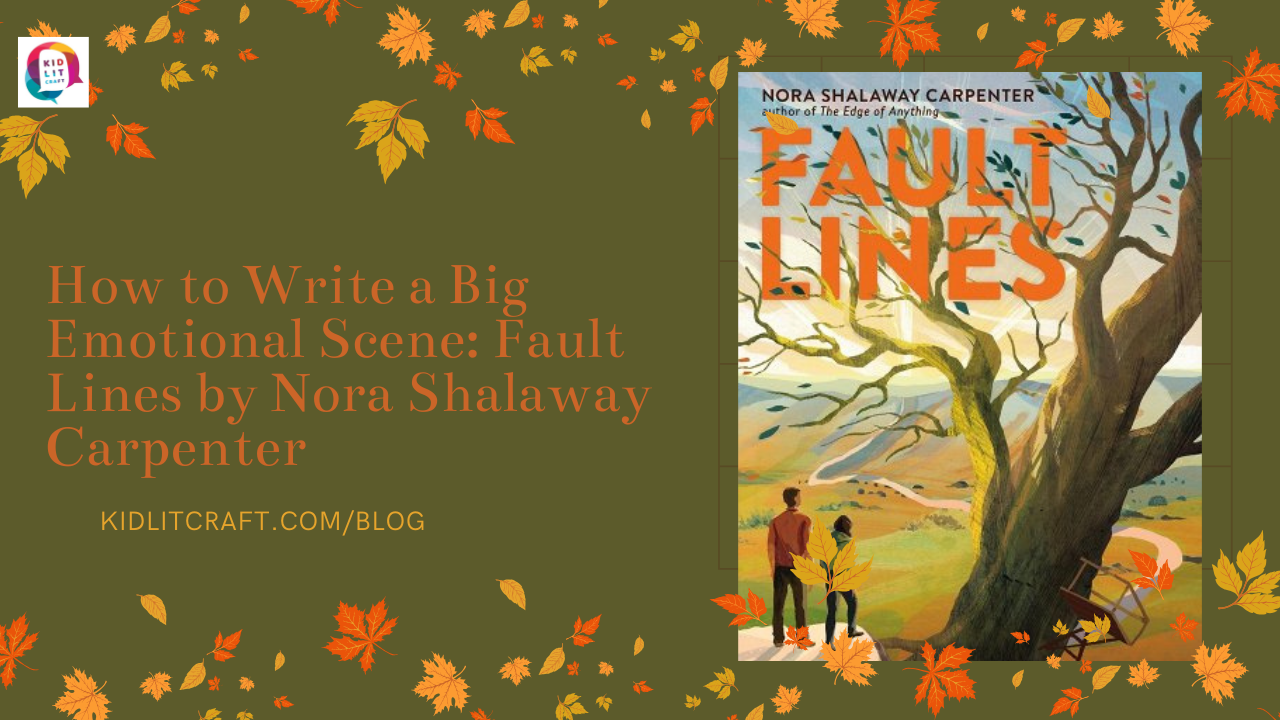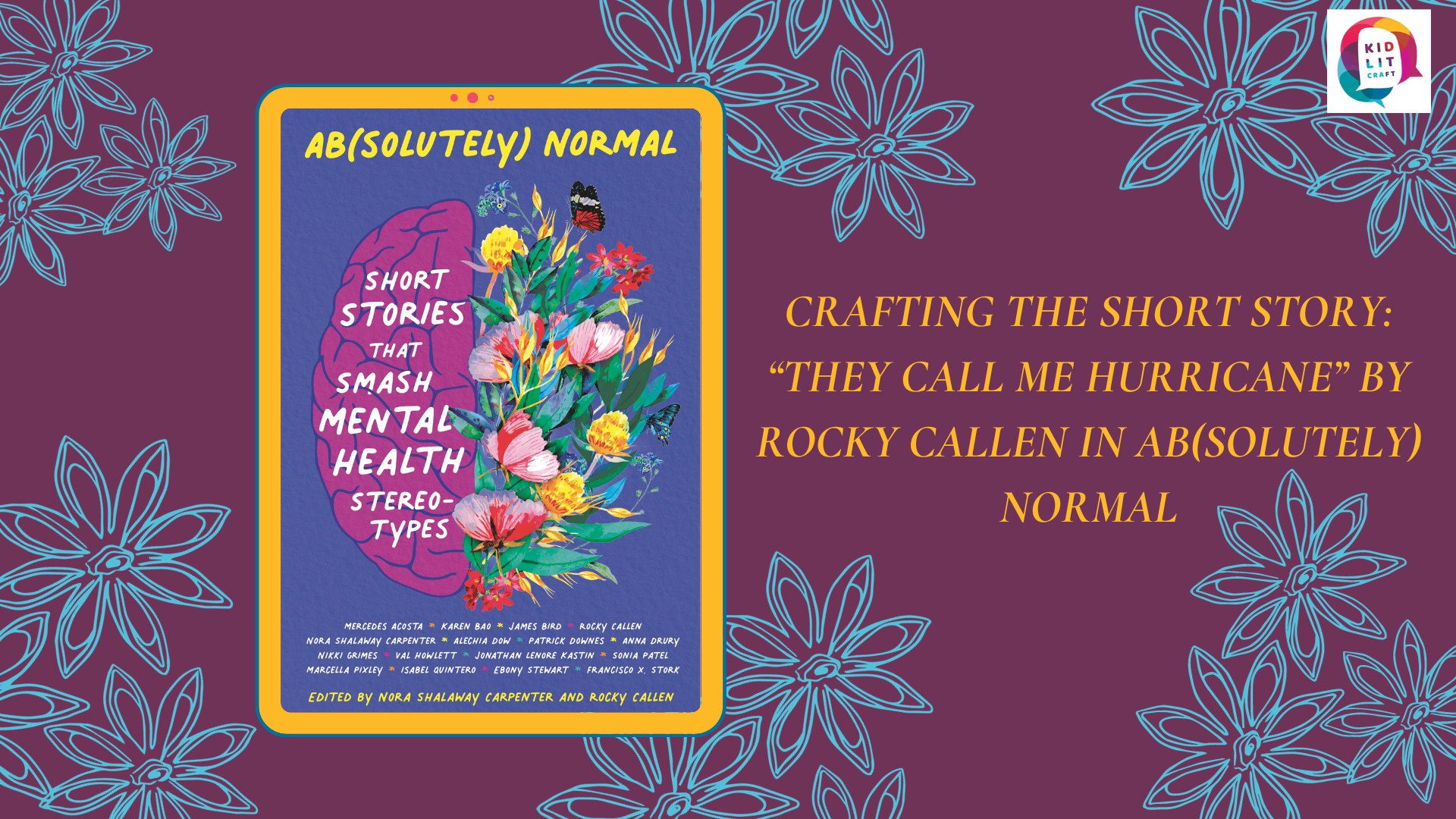author:
Anne-Marie Strohman
Martine Leavitt’s YA novel Buffalo Flats is full of desire. In addition to wanting to own a piece of land, the main character, Rebecca, also wants to become the person God wants her to be, and that means loving other people, most of whom she finds annoying or unlovable. Erin walks through how the desire […]
Martine Leavitt’s YA novel Buffalo Flats is full of desire. The main character, Rebecca Leavitt, wants more than anything to own a piece of land near where her family is homesteading in the Northwest Territories of Canada. Erin traces how Martine introduces the external desire right from the start, where Rebecca runs into obstacles, and […]
We’re three episodes in, and we’re taking a holiday break! Anne-Marie and Erin share how life is in podcast land and encourage you to read Buffalo Flats during the break. Starting in Episode 4 there will be spoilers. But the book is so rich that even if you listen first, you’ll have wonderful moments of […]
Nora Shalaway Carpenter’s YA novel Fault Lines is a study in contrasts. It’s the story of Viv, a high school senior who lives in rural West Virginia, and Dex, a boy in her grade who moves to town. Viv lives a middle class life; Dex is only recently out of extreme poverty. Viv is anti-fracking; Dex’s mom works on the pipeline. But Viv and Dex are drawn to each other. This dual point of view novel barrels straight toward a huge conflict between these two characters. Carpenter handles the moment of greatest conflict with deft hands. Let’s take a look at how she helps readers connect with the characters’ emotions without getting maudlin.
Erin takes us through the four scenes that make up the first chapter of Martine Leavitt’s YA novel Buffalo Flats. We talk desire line (both internal and external), character, setting, language, humor and more. Links: Martine Leavitt’s Buffalo Flats “Making Your Character’s Desires Concrete” by Anne-Marie “Crafting Character: Discovering Desire” from KidLit Craft Backstory, articles […]
Erin takes us through the powerful opening scene of Martine Leavitt’s YA novel Buffalo Flats and examines how the elements of the first scene set up the entire novel–character, desire lines, themes, setting, voice, tone, humor, and more. Links: Martine Leavitt’s Buffalo Flats The Sound of Music Hadestown Six A tor Nerd term: limited omniscient […]
At KidLit Craft we look at the mechanics of how writers do what they do, so we can improve our own writing. In this series, we’re taking a deep dive into Martine Leavitt’s YA novel Buffalo Flats. Erin has called this the perfect novel, so we’re tearing it apart to see how Martine put it […]
I needed to put on my brave girl wings and write what felt right and natural to me, even though I was worried my agent and editor (and readers) might think it was weird. . . . I have always felt a deep, almost spiritual/magical connection with the natural world. I think a lot of people who spend time in nature feel it. That’s what was coming through in my writing.
A “button” is something that happens at the end of a scene that provides closure, a final touch that seals the deal. It can also be called a “tag” and is a final beat that can be used to close out the scene. Buttons create a satisfying ending that takes the scene just that one more notch. It can add a twist, focus our attention on a particular character or goal or theme, or emphasize an emotion.
I want to give you a sense of some things to think about as you approach writing a short story. Let’s look at Rocky Callen’s story “They Call Me Hurricane” from Ab(solutely) Normal to see how she approaches the short story form.



